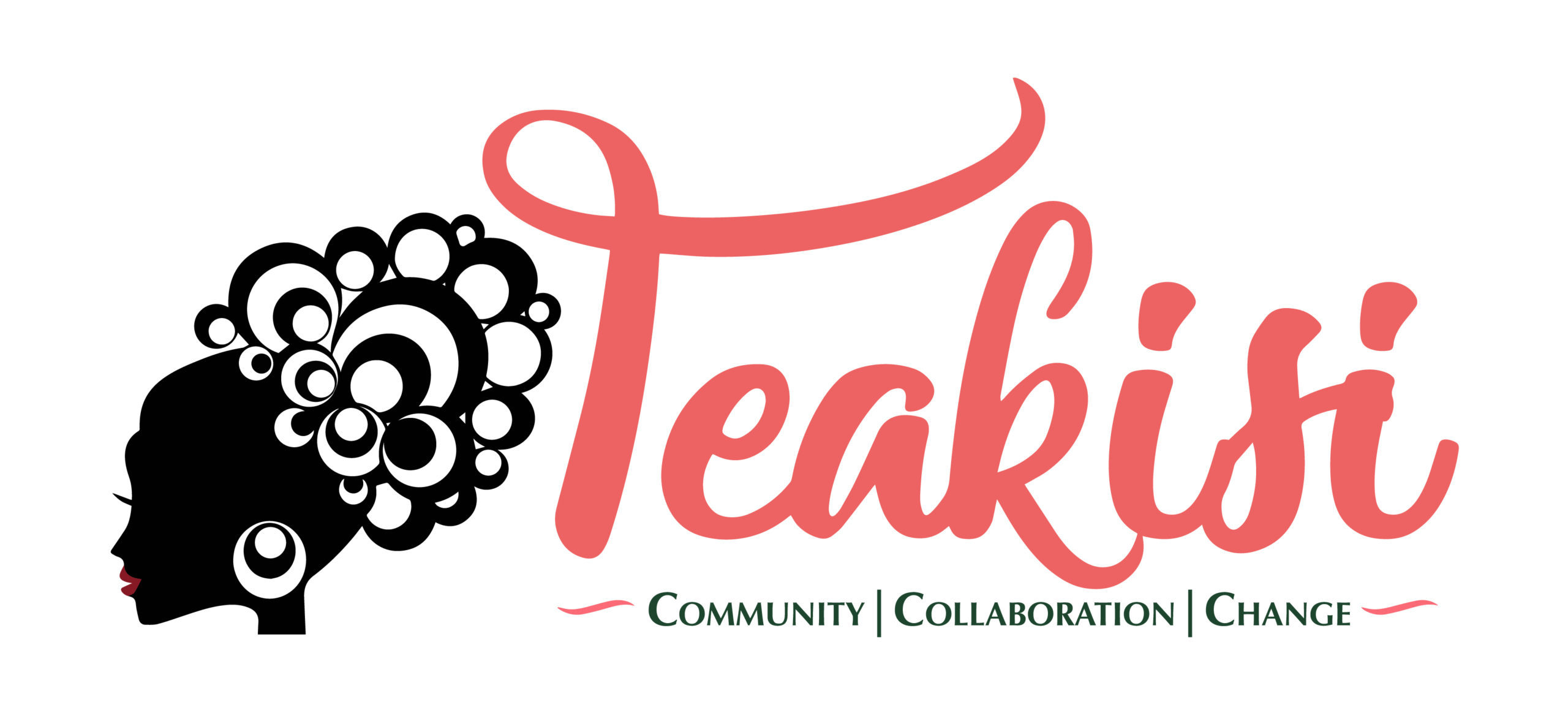By Amandla Karungi
Uganda’s fashion industry has come a long way from the days when just shoving kitenge material onto anything would do as fashion. We are now experimenting with new material and designs, including a modern take on an ancient material which comes from the bark of a tree; bark cloth by African designer José Hendo. It looks hip and is certainly an innovative take on clothing.
More so, last year we had our very own Kampala Fashion week which showcased immense creative talent in the clothing field. But, one thing still bothers me about some of the designs on the runway. They say that the runway is only a representation of the designer’s artistic vision and not the translation of actual made-to–be worn clothes, but what better place for our small growing industry to get the attention of people who actually want to wear clothes made in Uganda by Ugandans. If we copy the Western runway tradition of displaying clothes that are completely un-wearable (not to mention dangerous to sit in) and yet their clothing industry has many other avenues for advertisement and current domination of the industry, then we miss the purpose of having our own clothes in the limelight.
There are instances where the artistic idea that births an entire line of clothing must be exhibited in order for us to consume the wholesome début, but some designers design exclusively for shock and peculiarity; this also being a copy paste attribute of modern culture. When we have a rare spotlight on our own clothes, perhaps we should “tailor” the opportunity to suit our purpose.
However, the bulk-stamping of everything Western goes farther than just the fashion industry. It goes deeper, to the things that we value and what makes us feel inadequate. We cannot change that history taught us to consume and absorb only things that are outside the African continent and to abhor all things which are uniquely us, including the very skin that covers us, but we need to make small shifts to craft a new world of our own, of things which are not copied, things which we understand, things that are just us.
We fear our languages, we fear the mud thatched huts and the animal hides. We forget that to be somewhere, you must start somewhere. We need our history.
There is a movement that I saw on social media where prominent personalities in Kampala use the hashtag LOCAL to transform the negativity surrounding the word “Local” into a powerful word, engendering pride for where we come from and who we are as a group of people. But most of us grew up knowing and using the word Local only in its derogatory sense. If you said that something was local, it meant that it was backward and of low value. It is only now that we realise that it is not an insult.
“Local”– native to a place; from a particular place.
Still, taking that word and making it poositive is a difficult feat when we still have a distaste for many things African. When someone sees your hair coiled up and knotted, they stare at you in disbelief. Someone once called me brave for allowing my hair to grow out of my head and let it be seen by the public. There are many adults from the 90s generation who can communicate only in English. There are others [or the same ones from above] who feel that calling someone by their cultural name is humiliating.
Getting back to the fashion industry, I think that if we can now dress ourselves, we can decide what works and what does not, what we like and what we can toss out. We do not have to follow the Western prototype for everything anymore. Perhaps we [Africans] too were made to inhabit and dominate the earth.

Runways indeed serve as a way to advertise the clothes our local designers come up with and should thus not be wasted as artistic visions or content that may not be sold to the local market.
Thank you